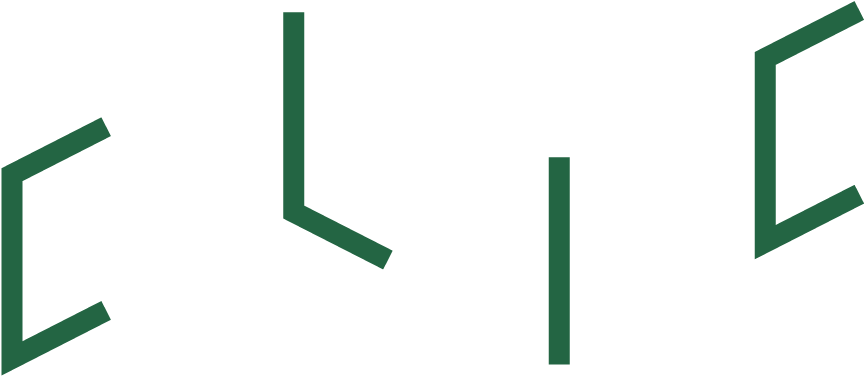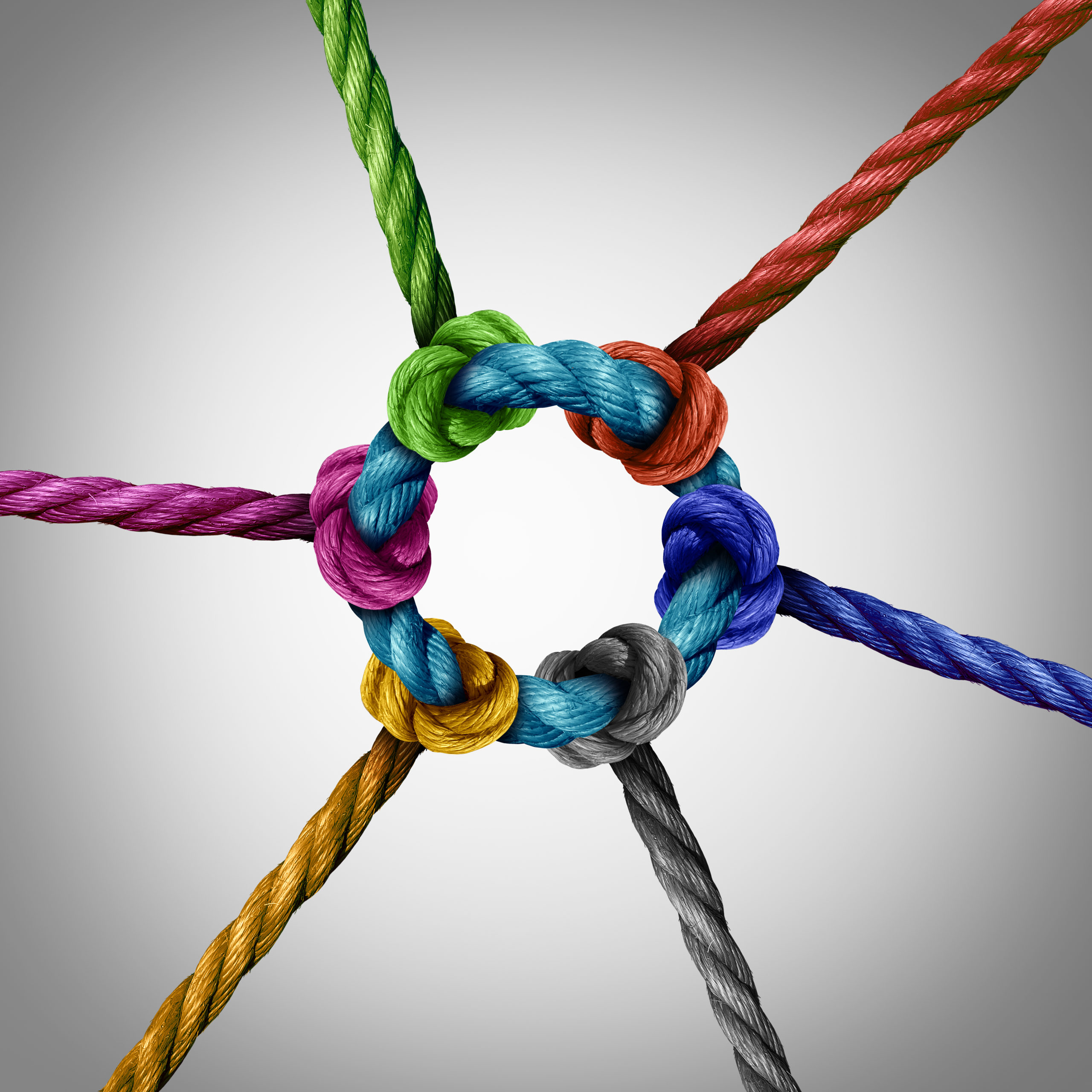This is the best possible opportunity for systemic change. Pandemic has proven the need for new normal, implementation of sustainable recovery methods is a global trend, the EU is committed to the Green Deal with its’ financing tools and also the measures in the Finnish Government Programme are all pointing to the same direction: Green transition with circular economy guidelines.
What do we need?
Multidisciplinary ecosystems are able to renew the way of creating products and services, as also the SRIA proposes. We need these collaboration platforms from innovation to material usage phase. It is possible to build ecosystems around the key material, leader companies or teams of enthusiastic innovators.
Digitalization is the enabler, the basic servant of the change that is needed. The business models are expected to find new variants, the data of material flows to be safe, reliable and transparent and the data for monitoring the progress up-to-date. Finland and its’ bioeconomy sector can be used as an excellent example of this to the circular economy.
The change will require massive investments and new type of processes as well as smart energy services. The availability of sustainable electricity is also in the focus. The demand for the hydrogen is noted, to renew processes, as an energy storage and part of the Power-to-X-processes.
Finland’s Bioeconomy Strategy is also being reformed. The operational environment compared to the strategy written in 2014 has changed drastically. Both Bioeconomy and Circular Economy Strategies and programs are solving the same global challenges. Although the main difference right now is in regulatory base, we should find the coherence between definitions, strategic goals and actions to join the forces and create the world leading circular bioeconomy strategy. The renewed strategy should be ready by the end of 2021.
The change will not happen if we do not get everyone involved. The investment needs are enormous, so both public and private sectors must be involved. Better understanding and higher acceptance from the audience are crucial.
Circularity and biomass based products are not always seen as positive issue. Finnish forests are not able to provide material to replace every product made of fossil oil, so we need to find the sweet spot of the added value in the global market. Recycling of materials have to be upgraded to the smart management of resources that require new type of collaboration starting from the innovation and product/process development.
The CLIC Innovation team seems to be proposing the same thinking. This is important as the strategy for the ministries is not effective itself, the stakeholder commitment and actions are also needed.
As we are now operating in the interface of several different policies and themes, we have the possibility to truly innovate something new. It is not always a physical product. What we need now is new ways to collaborate, share and communicate.
We have a huge need to create sustainable solutions, to understand planetary boundaries, to gain position in the global market in order to create jobs and recover the economy towards new normal. These targets are huge, but as we figure out common understanding for previously discussed why-what-how-pattern, we Finns just do what we normally do – provide useful solutions.
Please follow Business Finland and the ministry of economic affairs and employment news streams for latest developments, new programs or funding possibilities in the near future.
Looking forward to working together!
The circular economy program is now available in Finnish, more info in English coming soon to the webpage: www.ym.fi/kiertotalousohjelma
The bioeconomy strategy work can be followed via www.biotalous.fi.
Sari Tasa, Ministry of Employment and the Economy


